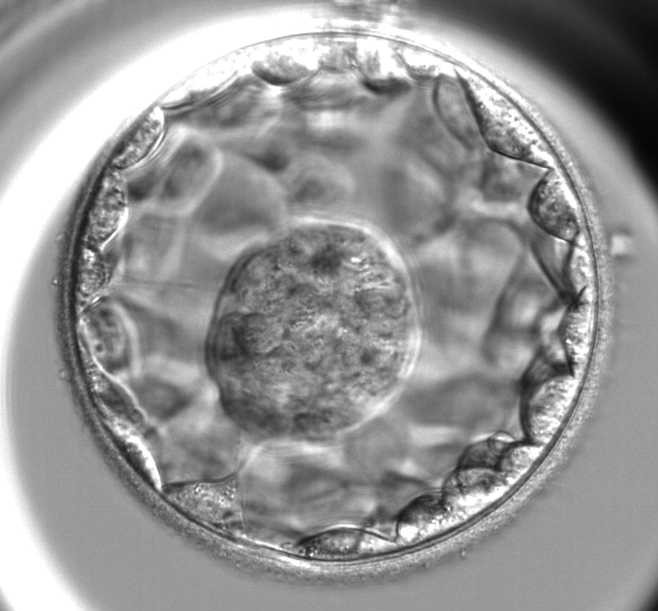
The study, led by the biologist Dr Elisabet Clua, head of the Oocyte and Embryo Donation Programme at Dexeus Mujer, was carried out at this centre between April 2017 and August 2018. The sample of women under study were recipients of donated oocytes, aged between 18 and 50 years, in their first or second synchronous cycle (excluding PGT-A cycles, patients with recurrent implantation failure, as well as patients with partners presenting with a severe male factor).
The main variable was the cumulative live-birth rate within 12 months after the first embryo transfer (i.e., considering the transfer of fresh and cryopreserved embryos). In addition, the period of time between the first embryo transfer and the first child being born, as well as the cost per child born, were also considered. A total of 134 recipients were randomly included in either the day-3 transfer group (D3, n=69) or in the day-5 transfer group (D5, n=65).
According to the results, in the blastocyst transfer group, there was a 15.9% relative increase in the cumulative live-birth rate. The time to birth was significantly shorter compared to the D3 group. To reach a 50% cumulative live-birth rate, the D3 group needed 6 months more than the D5 group (15.3 vs. 8.9 months, respectively). Moreover, the average cost in the D3 strategy was 24% higher than in the D5 strategy (14,817.1 euros vs. 10,959.2 euros) and the clinical pregnancy rate was approximately 25% lower in the D3 group.
According to the authors, the study demonstrates that blastocyst-stage embryo transfer in recipients of donated oocytes is the preferred option, as it leads to a higher live-birth rate, shorter time to birth and lower costs to achieve a pregnancy, compared to the transfer of early-stage embryos.
Reference article:
Blastocyst transfer increases cumulative-live-birth-rates and reduces time and cost to livebirth compared with cleavage stage in recipients of donated oocytes. A randomized controlled trial
Clua E. Rodríguez I., Arroyo G., Racca A., Martínez F., Polyzos, N.
Reproductive Biomedicine online, January 08, 2022.
DOI: https://doi.org/10.1016/j.rbmo.2022.01.001